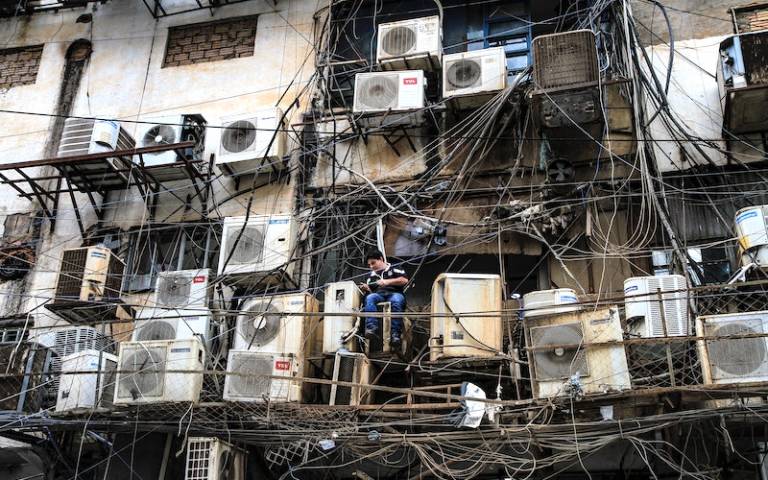UCL researchers publish major paper on residential overheating in Central and Northern Europe
30 March 2023
Anna Mavrogianni and Giorgos Petrou from the UCL Institute for Environmental Design and Engineering have co-authored a major new paper published in the journal Building and Environment.

The fruit of an international collaboration, this paper draws on the expertise of eight academics and provides answers to 10 key questions concerning residential overheating in Central and Northern Europe.
Overheated dwellings can cause thermal discomfort, leading to diminished wellbeing and can become a detriment to health if hot conditions persist. Historically, residential overheating has not been a concern in Central and Northern Europe and dwellings have been constructed with the aim of retaining heat during the winter. However, the unprecedented rate of warming associated with climate change, and the more frequent and severe heatwaves place people – who in Europe typically spend around 90% of their time indoors – at risk.
Furthermore, it is likely that the adverse consequences will disproportionately impact low-income populations, since they are more likely to live in smaller, poorly designed, and overcrowded homes, in neighbourhoods with lower levels of green or natural surfaces and are less likely to be able to buy, maintain, operate, or repair A/C systems.
Yet, despite the growing risk that residential overheating poses, research understanding and policy action in cold and temperate Europe remains limited, with significant variation in policy responses across countries. As discussed in the paper co-authored by international experts on overheating, including Dr Giorgos Petrou and Prof. Anna Mavrogianni, addressing the risk of overheating requires the urgent and coordinated implementation of heat management strategies.
This requires action at several levels, including: the development of overheating guidelines and economic incentives for adaptation by policymakers; the careful design and implementation of preventative measures by housing designers, builders, and urban planners; the improved understanding of actions that occupants can take. While the current response is not future-proof and remains disjointed across sectors and between key actors, the authors noted:
It is not too late to enact coherent policies which will reduce heat risks in cold and temperate Europe.
Links:
- To read the paper, go here.
- To learn more about our research projects, go here.
- To learn more about the work of Giorgos Petrou, go here.
- To learn more about the work of Anna Mavrogianni, go here.
Image credit: José Carlos Alexandre / pexels.com
 Close
Close

